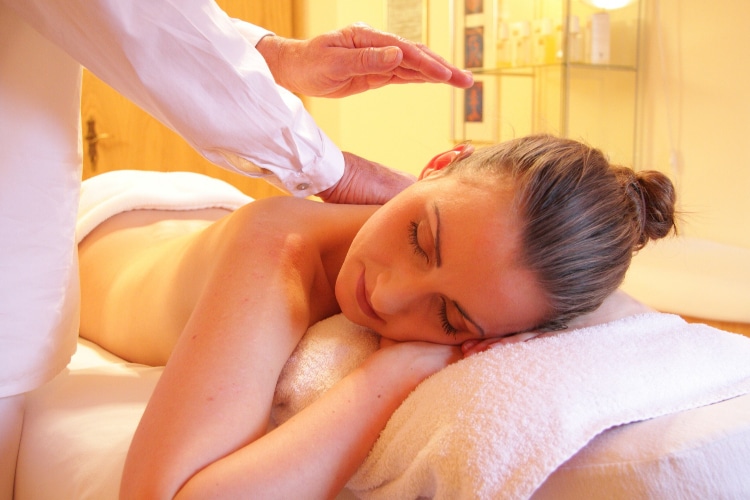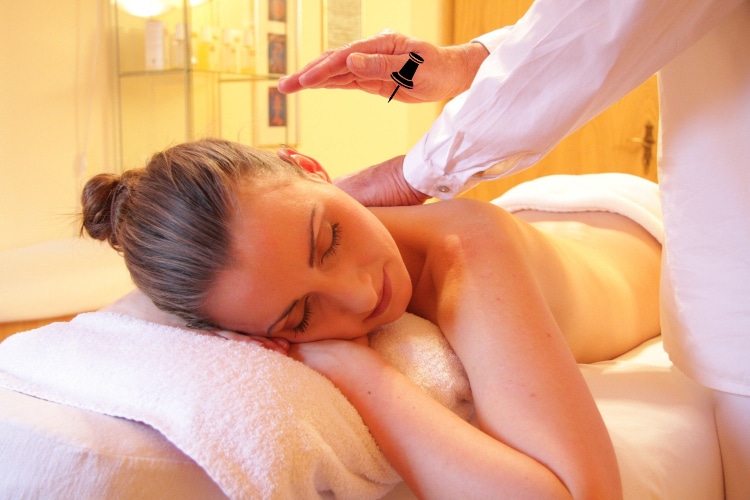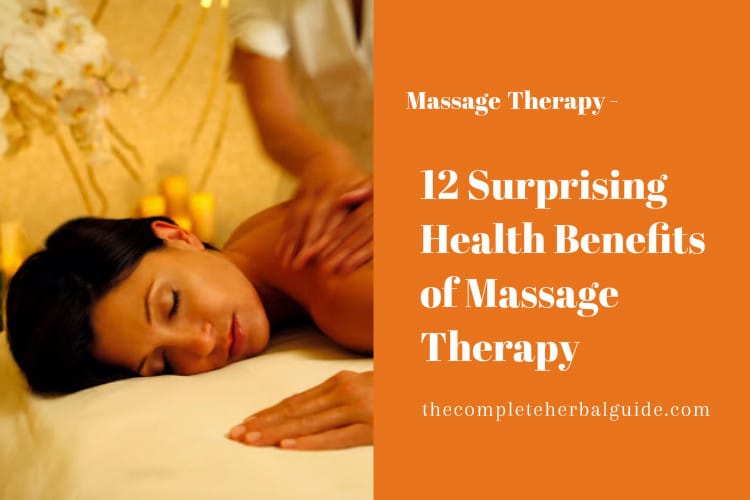
Health Benefits of Massage Therapy
Massage has been practiced for thousands of years. Today, if you need or want a massage, you can choose from among 80 massage therapy styles with a wide variety of pressures, movements, and techniques. These all involve pressing, rubbing, or manipulating muscles and other soft tissues with hands and fingers. Sometimes even forearms, elbows, or feet are used.
According to a 2007 American Massage Therapy Association survey, almost a quarter of all adult Americans had at least one massage in the previous year. And, they have a wide range of reasons for doing so. More and more people — especially baby boomers — recognize the health benefits of massage. They choose from among many massage styles to get relief from symptoms or to heal injuries, to help with certain health conditions, and to promote overall wellness.
Here is information you can use to help you decide what types of massage will work best for you.
Table of Contents
Which Massage Styles Are Best?
You may have noticed that different massage styles are popular at different times. And you may have wondered whether each was just part of a passing fad or the latest, greatest massage technique? Even more important is how can you tell whether the latest style will actually help you?
Styles used in massage therapy range from long, smooth strokes to short, percussive strokes. Some massage therapists use oils and lotions; others do not. Most massage therapists have clients unclothe for a massage, but some do not. A massage can last anywhere from 5 minutes to 2 hours.
Before you can decide which massage style is best for you, you need to ask yourself a question. Do you simply want a massage for relaxation and stress control? Or do you need symptom relief or help with a certain health condition? Before booking a massage, let the therapist know what you’re looking for and ask which style the therapist uses. Many use more than one style. Or the therapist may customize your massage, depending on your age, condition, or any special needs or goals you have.
What follows is a list of some of the more popular massage therapy styles. The first four are especially popular.
Swedish Massage
The most common type of massage is Swedish massage therapy. It involves soft, long, kneading strokes, as well as light, rhythmic, tapping strokes, on topmost layers of muscles. This is also combined with the movement of the joints. By relieving muscle tension, Swedish therapy can be both relaxing and energizing. And it may even help after an injury.
The four common strokes of Swedish massage are:
- Effleurage: a smooth, gliding stroke used to relax soft tissue
- Petrissage: the squeezing, rolling, or kneading that follows effleurage
- Friction: deep, circular movements that cause layers of tissue to rub against each other, helping to increase blood flow and break down scar tissue
- Tapotement: a short, alternating tap done with cupped hands, fingers, or the edge of the hand
Neuromuscular Therapy Massage
Neuromuscular therapy is a form of soft tissue manipulation that aims to treat underlying causes of chronic pain involving the muscular and nervous systems. This medically oriented form of massage addresses triggers points (tender muscles points), circulation, nerve compression, postural issues, and biomechanical problems that can be caused by repetitive movement injuries.
Deep Tissue Massage
Deep tissue massage is best for giving attention to certain painful, stiff “trouble spots” in your body. The massage therapist uses slow, deliberate strokes that focus pressure on layers of muscles, tendons, or other tissues deep under your skin. Though less rhythmic than other types of massage, deep tissue massage can be quite therapeutic — relieving chronic patterns of tension and helping with muscle injuries, such as a back sprain.
Sports Massage
Developed to help with muscle systems used for a particular sport, sports massage uses a variety of approaches to help athletes in training — before, during, or after sports events. You might use it to promote flexibility and help prevent injuries. Or, it may help muscle strains, aiding healing after a sports injury.
Chair Massage
Ever gone to a county fair, music festival, or conference and envied other people getting chair massages? Or, maybe you’re lucky enough to work at a company that offers 15- to 20-minute massages as a regular benefit. Onsite, chair massages are done while you’re seated fully clothed in a portable, specially designed chair. They usually involve a massage of your neck, shoulders, back, arms, and hands.
Shiatsu Massage
In Japanese, shiatsu means “finger pressure.” For shiatsu massage, the therapist uses varied, rhythmic pressure on certain precise points of the body. These points are called acupressure points, and they are believed to be important for the flow of the body’s vital energy, called chi. Proponents say shiatsu massage can help relieve blockages at these acupressure points.
Thai Massage
During a Thai massage, the therapist uses his or her body to move the client into a variety of positions. This type of massage includes compression of muscles, mobilization of joints, and acupressure.
Hot Stone Massage
For this kind of massage, the therapist places warmed stones on certain areas of the body, such as acupressure points. The stones may be used as massage tools or be temporarily left in place. Used along with other massage techniques, hot stones can be quite soothing and be relaxing as they transmit heat deep into the body.
Reflexology
Reflexology uses hand, thumb, and finger techniques to stimulate certain areas of the feet. These areas are believed to correspond to different parts of the body. The massage, then, is expected to promote health and well-being.
Pregnancy Massage
During pregnancy, your body goes through major changes. Pregnancy massage can help with these changes by reducing stress, decreasing arm and leg swelling, and relieving muscle and joint pain. Massage may be particularly helpful during a time when medication and other medical options may be more limited. Using specially designed massage pillows, the massage therapist will help get you into a comfortable position for this type of massage.
What Are the Health Benefits of Massage?
Many types of massage offer benefit beyond simple relaxation. Here are just a few of the health problems that may benefit from massage. Ask your doctor before using massage for any health condition, though.
Back pain
More than one study has shown the effectiveness of massage therapy for back pain. In fact, one 2003 study showed it worked better than acupuncture or spinal modification for persistent low back pain — reducing the need for painkillers by 36%.
Headache
Another type of pain is headaches. They also respond to massage therapy, as shown by more than one study. Massage therapy can reduce the number of migraines a person has and also improve sleep.
Osteoarthritis
In the first clinical trial looking at the effectiveness of Swedish massage for knee osteoarthritis, participants who received a one-hour massage either one or two times a week had improvements in pain, stiffness, and function. The control group had no such change.
Cancer
Used as a complement to traditional, Western medicine, massage can promote relaxation and reduce cancer symptoms or side effects of treatment. It may help reduce pain, swelling, fatigue, nausea, or depression, for example, or improve the function of your immune system.
Anxiety
A review of more than 12 studies shows that massage helps relieve depression and anxiety. It lowered levels of cortisol by up to 50%. And massage increased levels of neurotransmitters that help reduce depression.






